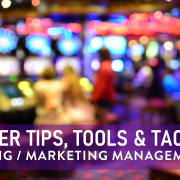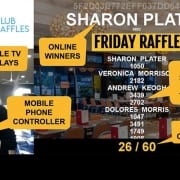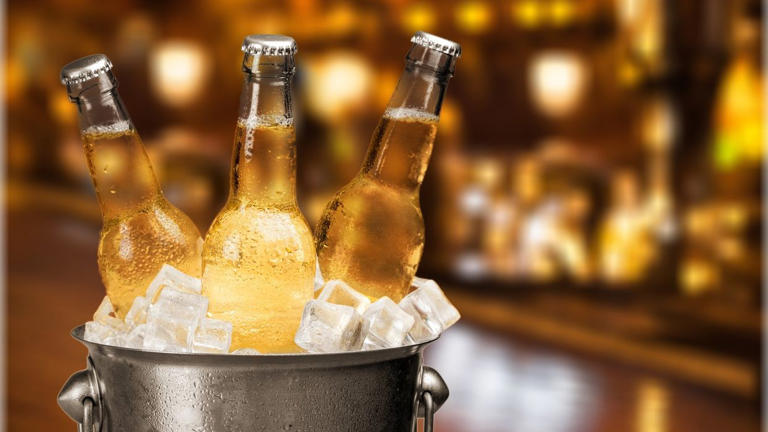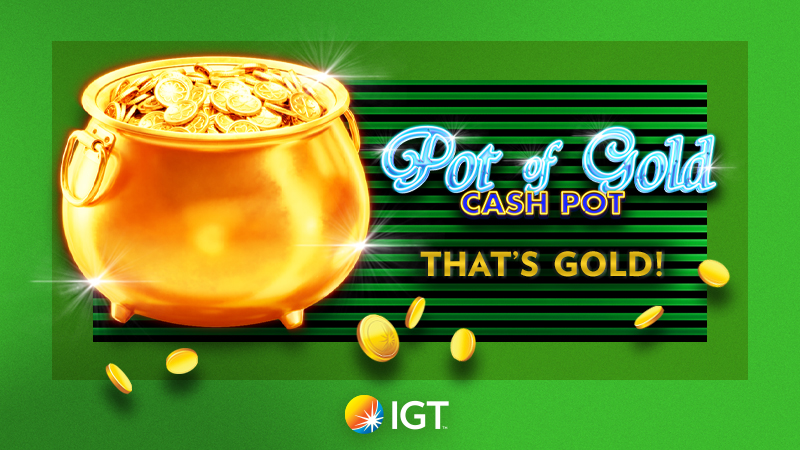HOW TO MASTER QUALITY FOOD SHOTS
A high-quality image can mean a world of difference when it comes to creating food content. From capturing the crispiness of a pie crust to the deep hues of a decadent black forest cake… it’s true what they say: an picture tells a thousand words.
Whether you’re a budding Instagrammer or a seasoned content creator, having the right toolkit and know-how will set your photos apart and elevate your brand.
Get your lighting right
Lighting is one of the most crucial aspects of photography and will go a long way in creating stunning food images. But forget fancy LED rigs, to beautifully light your plat du jour all you really need is the sun, or the flash on your camera.
Feel free to move around to find your best natural light source, if your kitchen isn’t giving you the light you need, try taking your dish to a different room, or even outdoors.
If you’re shooting in a darker room or at night time, using a fast prime lens such as the NIKKOR Z Mirrorless Lens will provide optimal image stabilisation. This means you can shoot at higher ISO settings and keep the shutter speed fast in low light scenarios, so you can capture images without noise or blur.
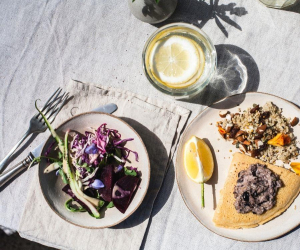
Know your angles
Typically, 45-degrees is the most common angle for commercial food photography however not every dish is equal. Some plates, such as pizza, look better shot as a flat-lay from above, while others like burgers, shine when being shot from the side. Try moving around the plate and taking photos at various angles so you can pick your favourite later.
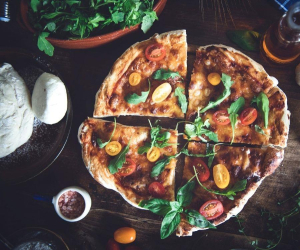
Practise the Rule of Thirds
The Rule of Thirds is a classic way to help you compose your photo in an aesthetically pleasing, balanced way. It involves breaking an image down into a grid of nine and experimenting with placing the subject of the photo in different squares. Most cameras have a setting that turns on a grid to help guide you with this.
Instead of pointing the camera directly at your dish and capturing it bang in the middle of the image, try offsetting the subject to the left or the right to allow your eye to move around the space.
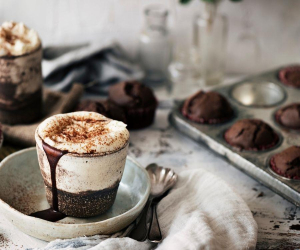
Minimise clutter
Negative space can be very powerful in photography, and sometimes a busy background or too many props can detract from the subject of a photograph.
As a photographer, you’re trying to direct a viewer’s focus and if there’s something in the photo that’s distracting then it doesn’t need to be there, so take a second before snapping away to assess what’s being included in the image. If that extra bowl, vase of flowers, serviette or spoon doesn’t add to the photo, remove it.


